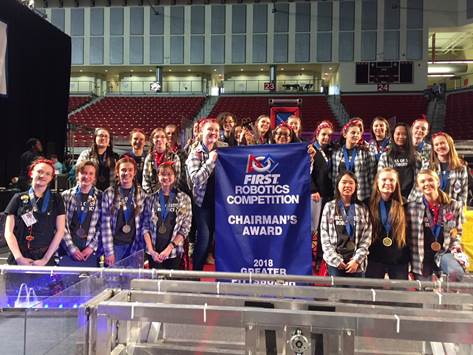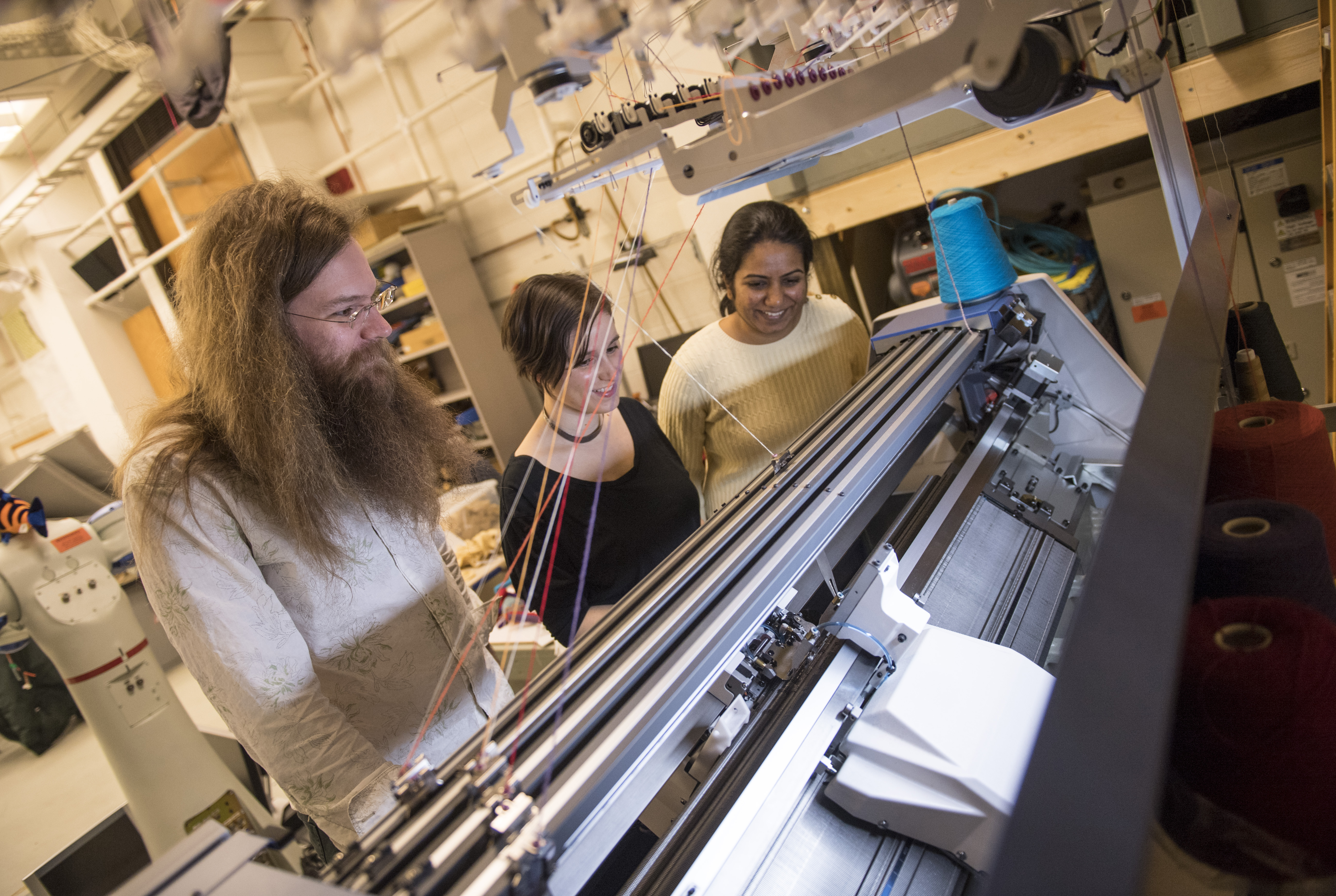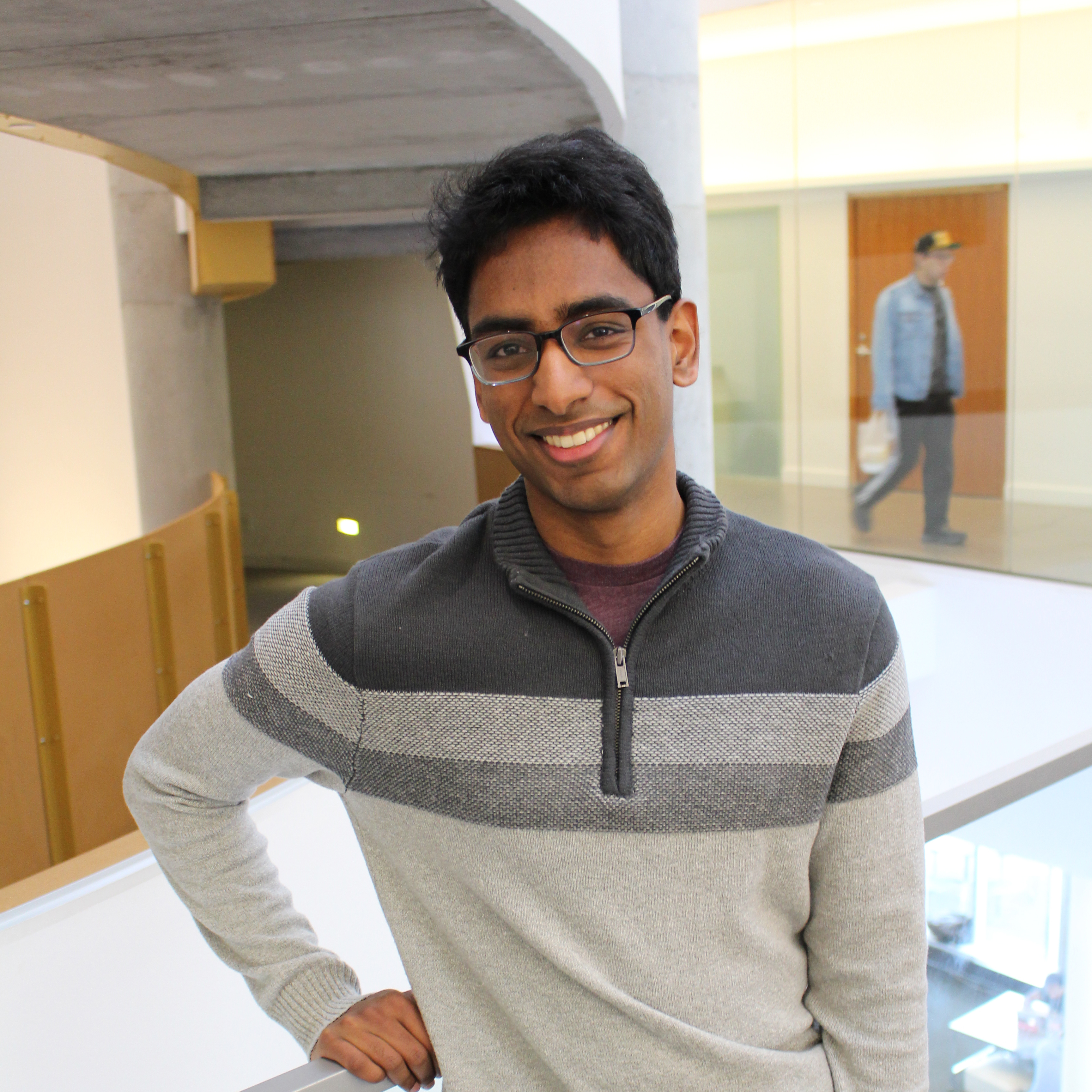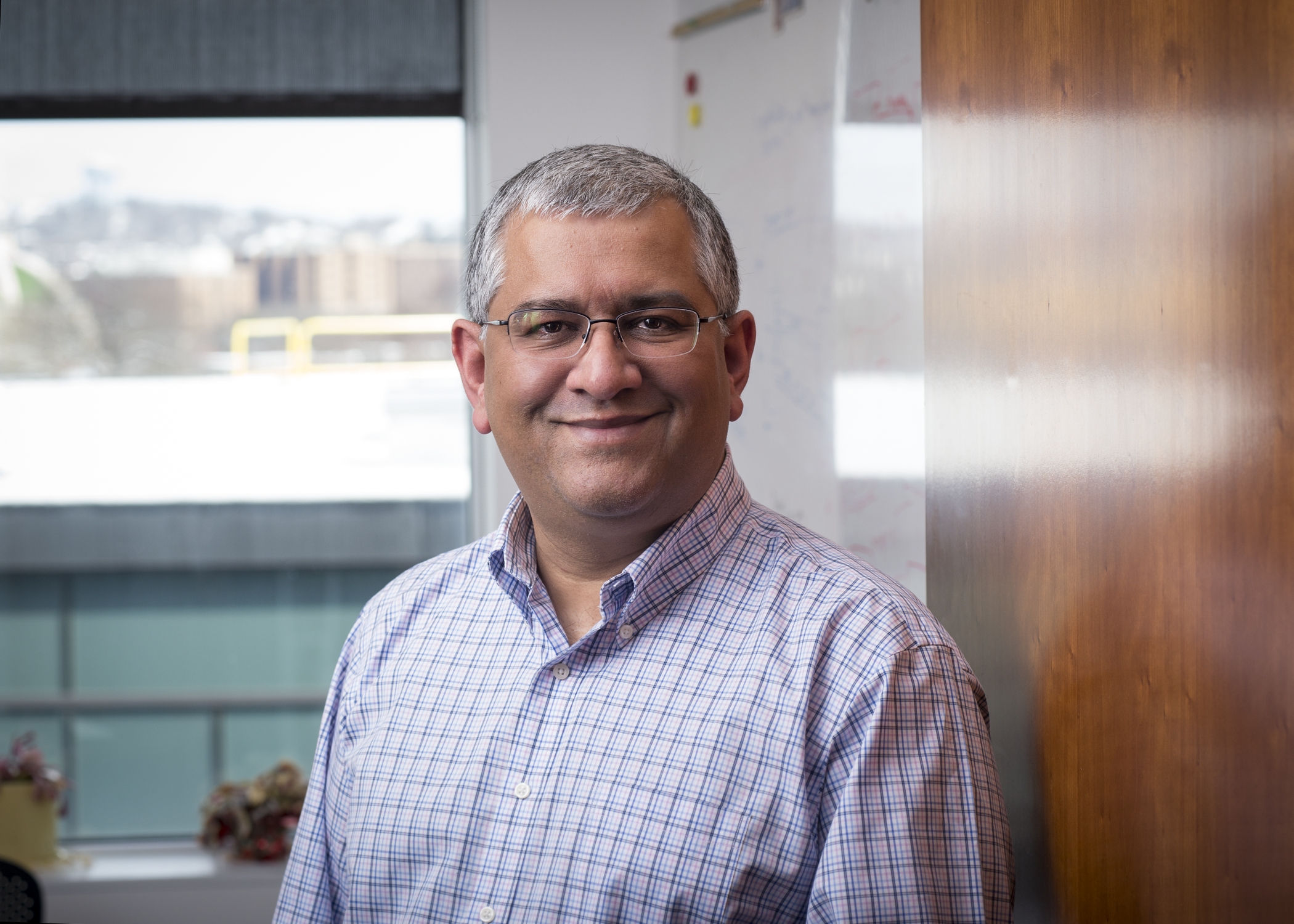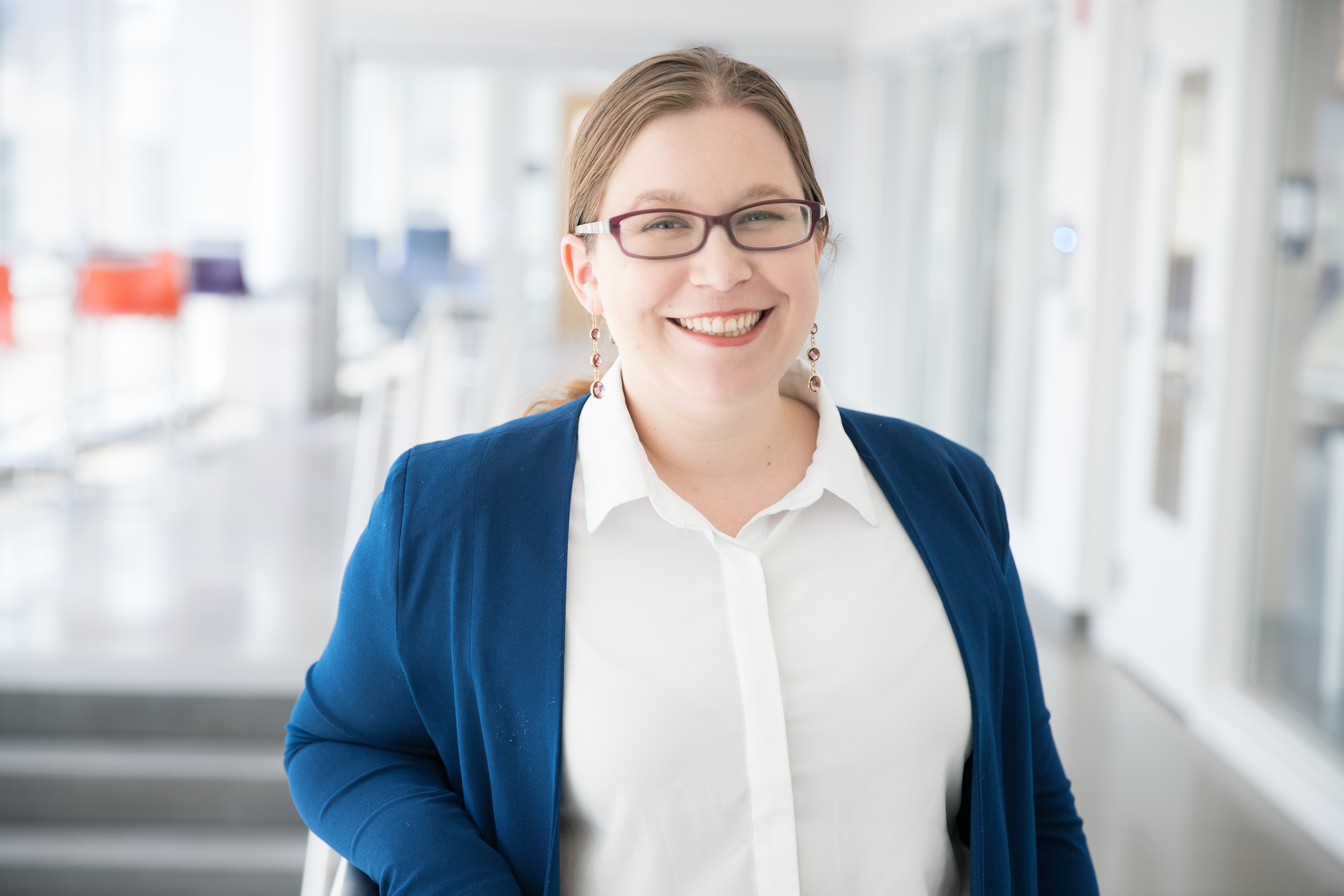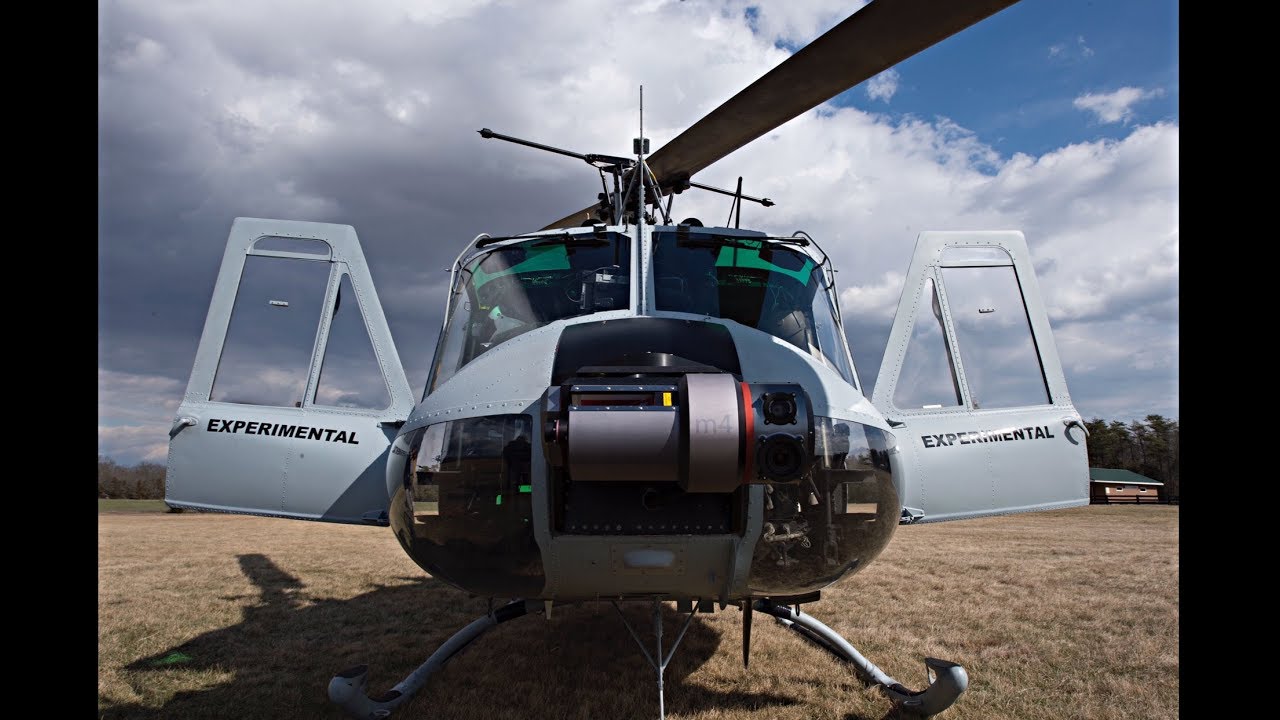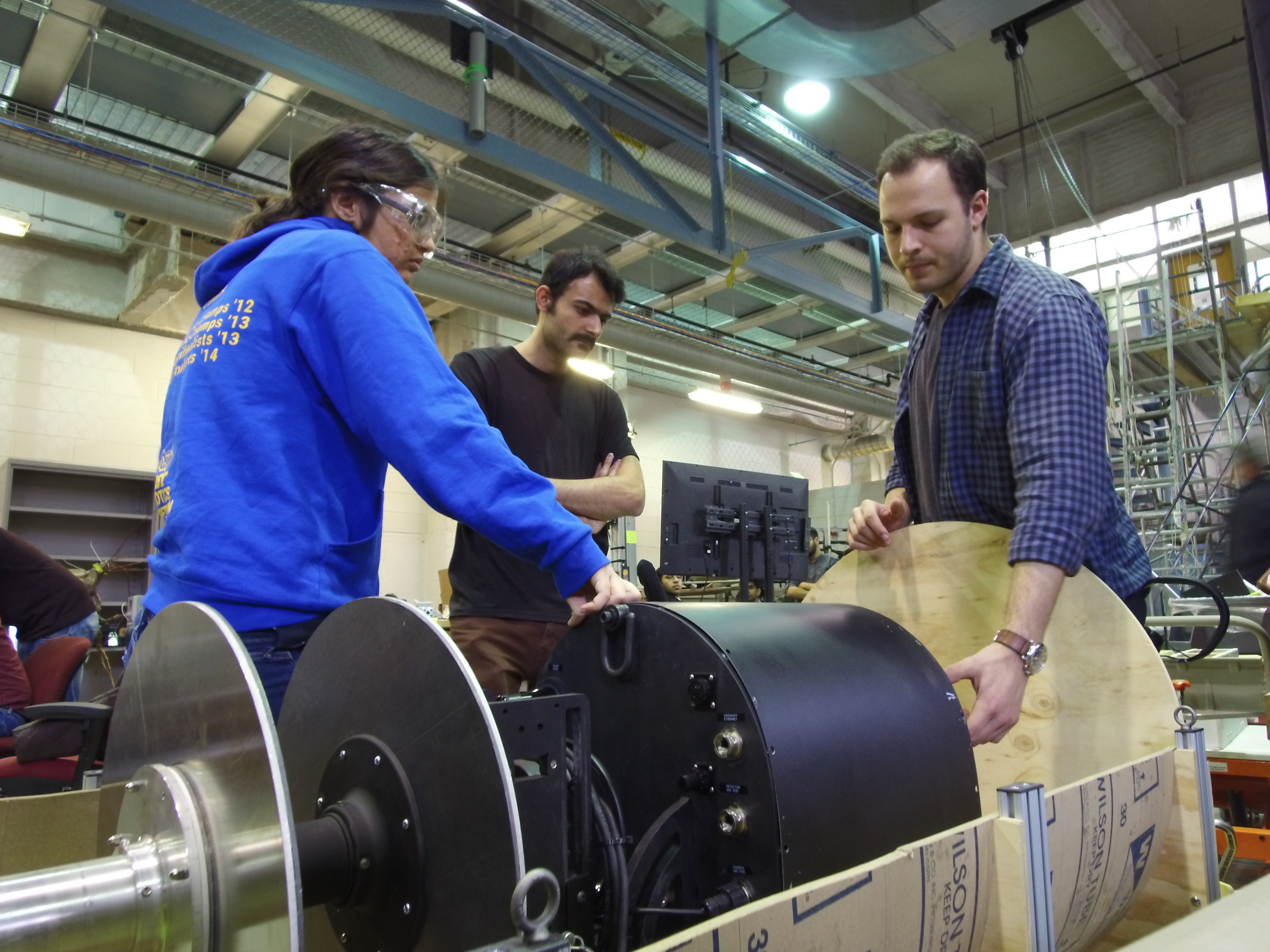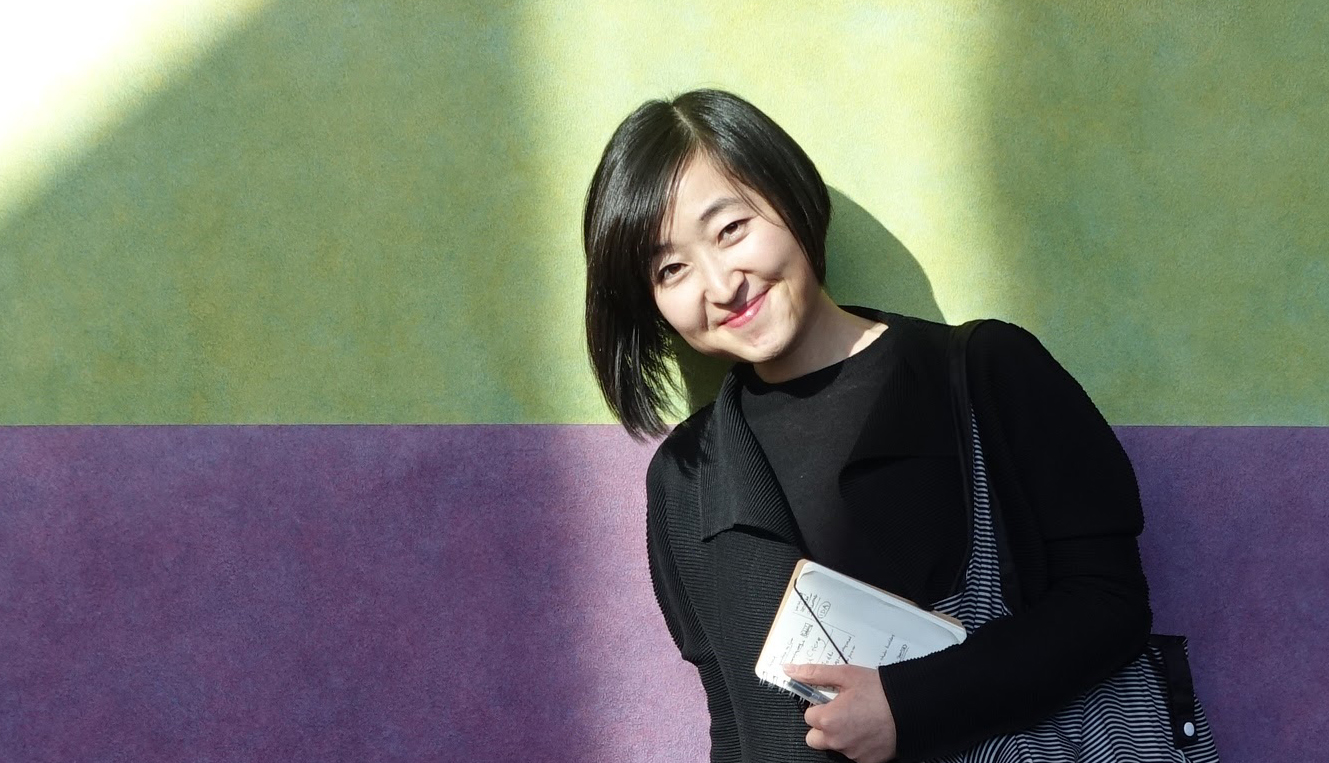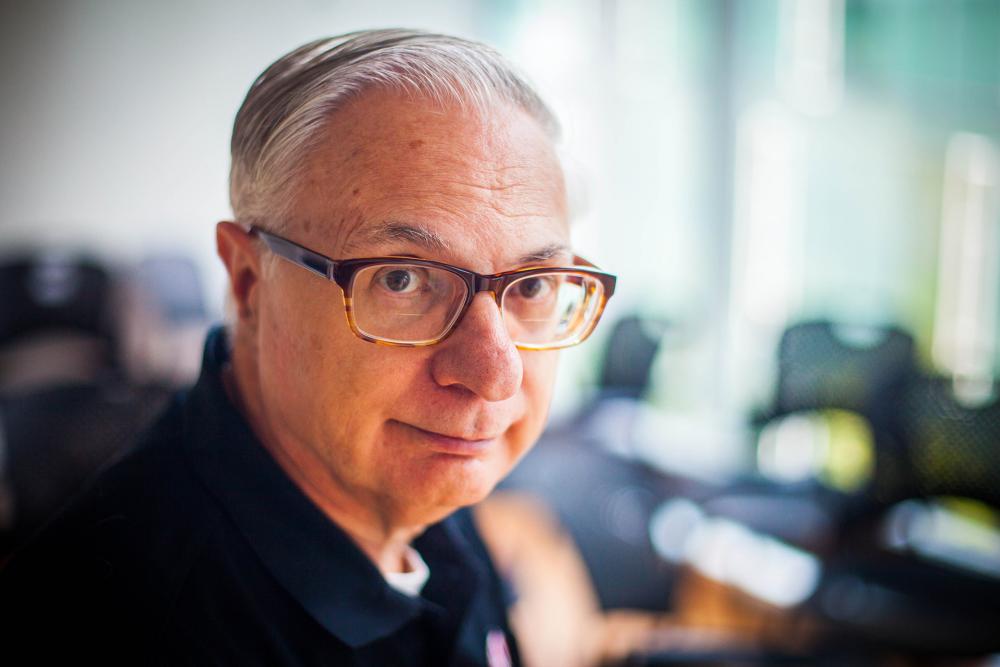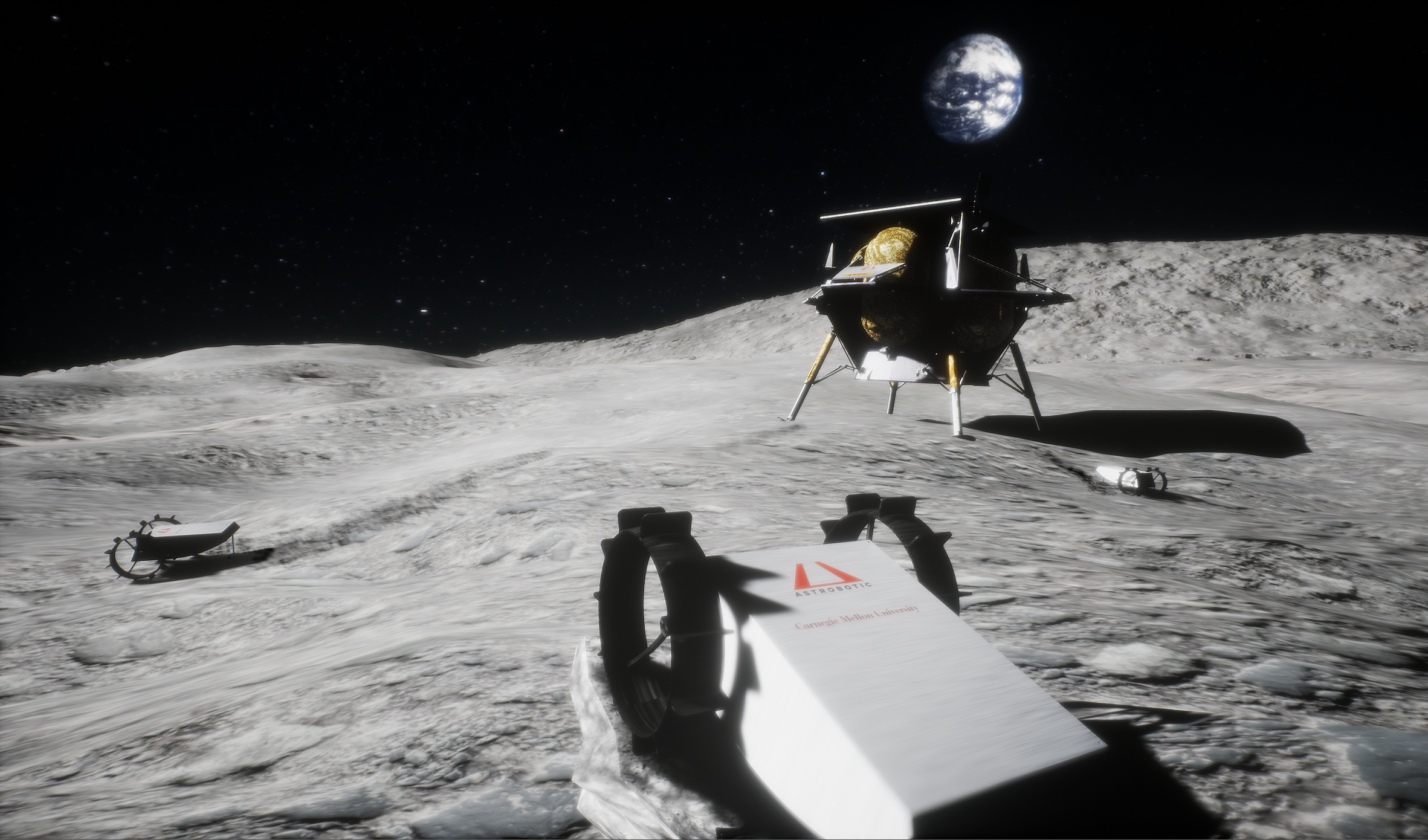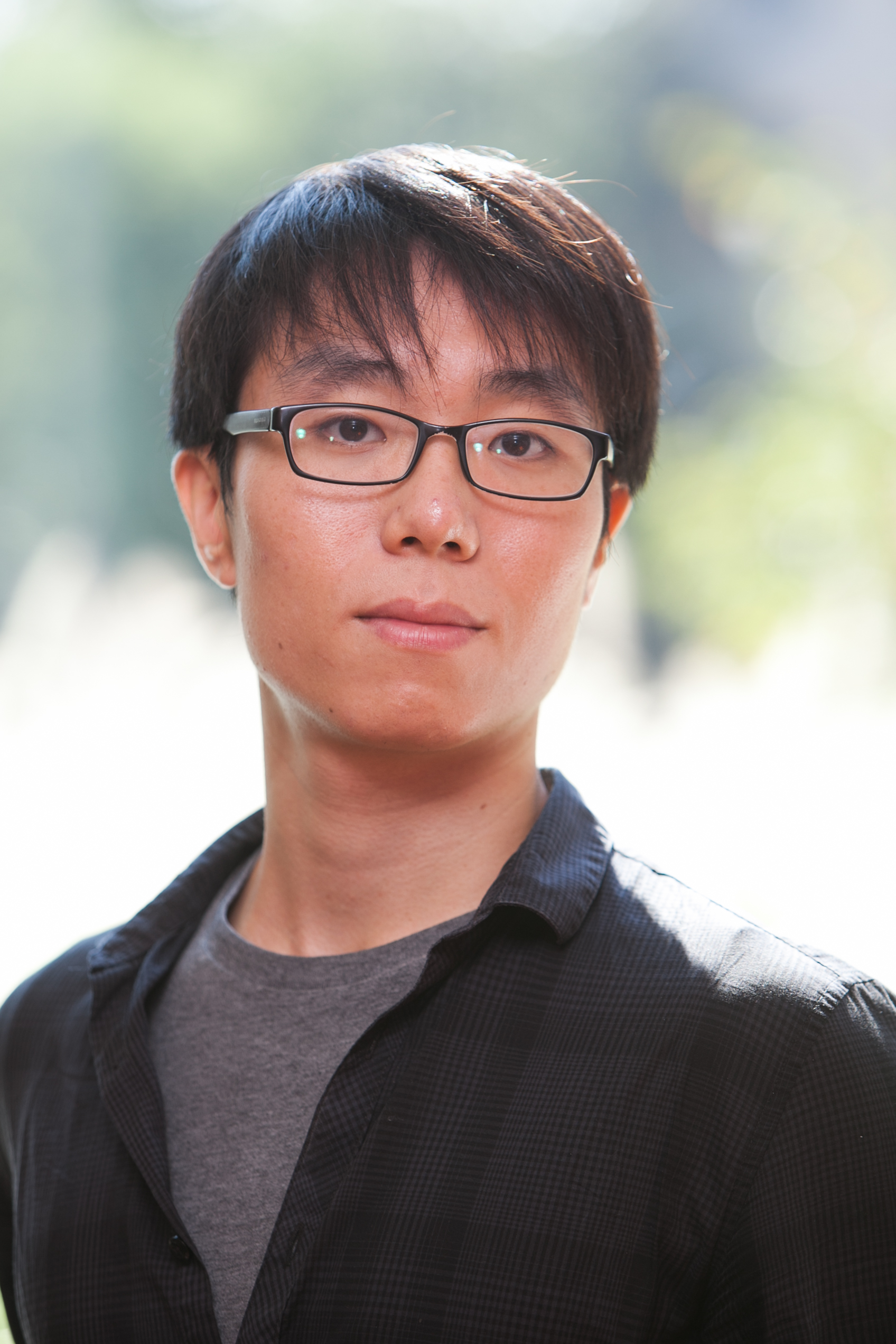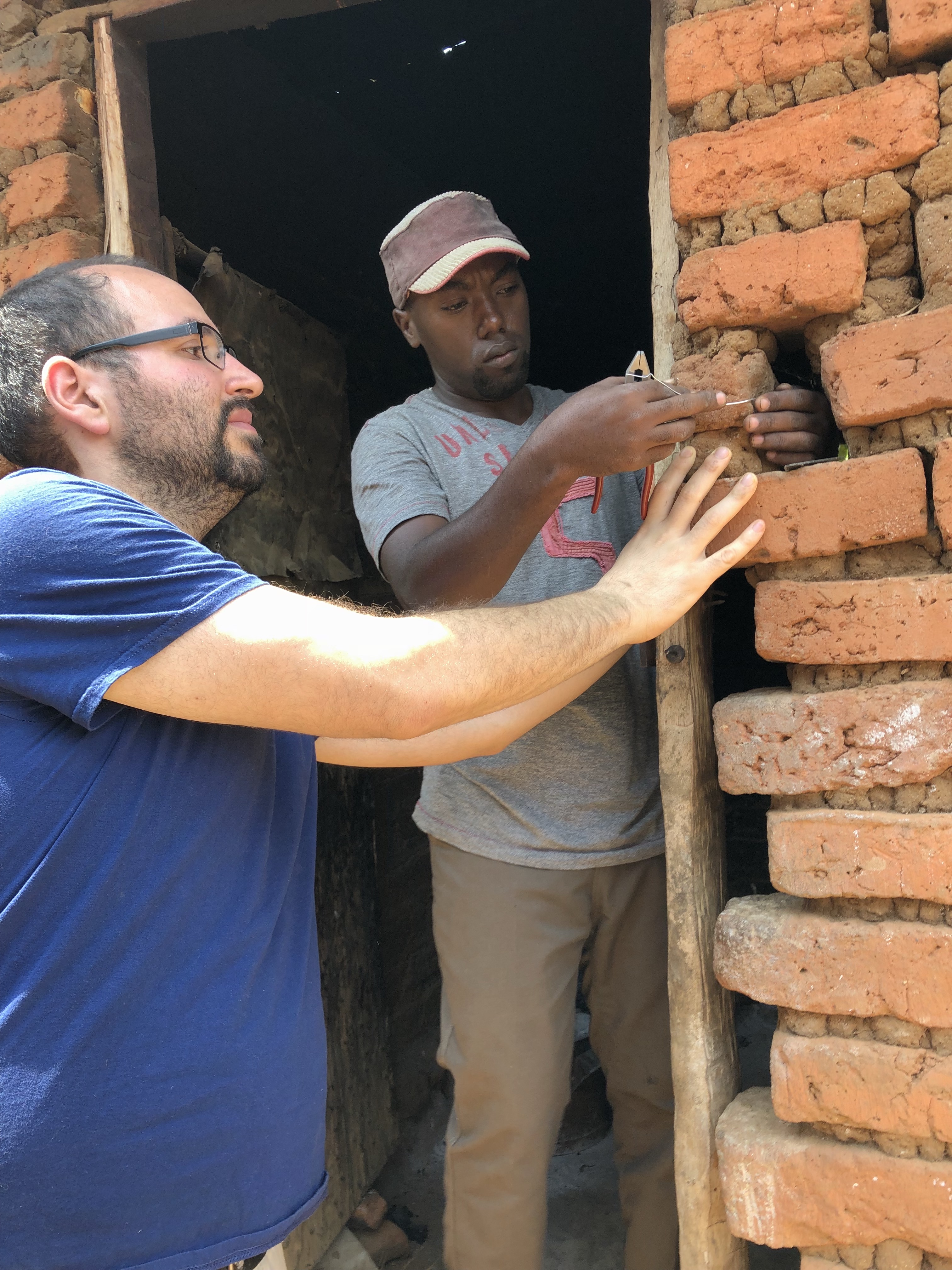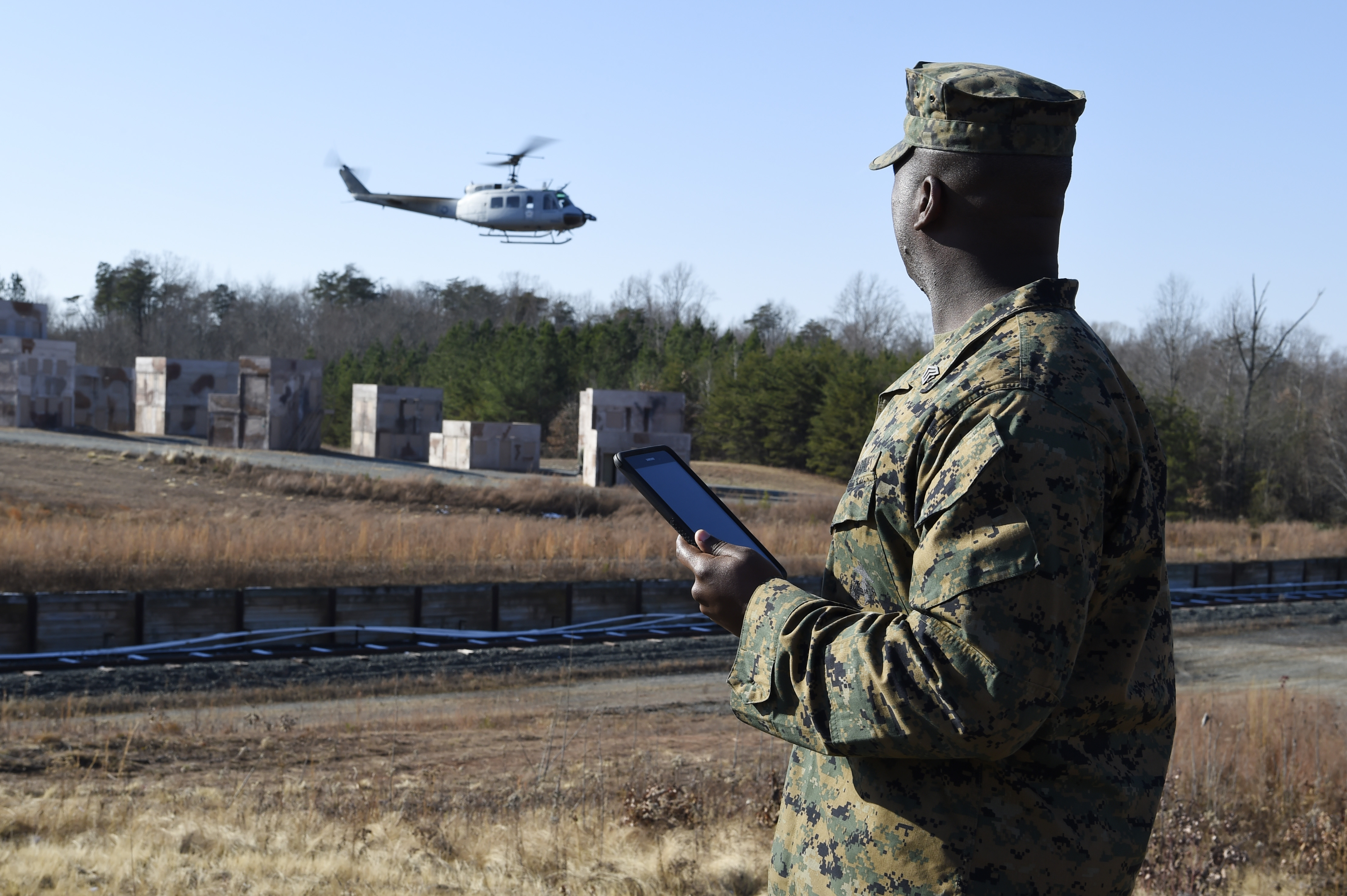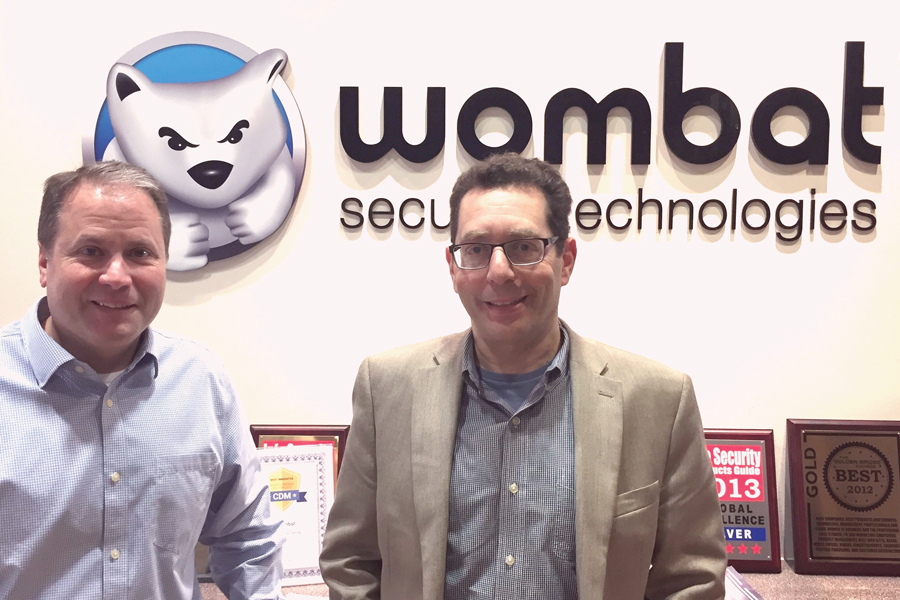Girls of Steel Bring Home Awards From FIRST Pittsburgh Regional
ISR's Tom Pope Cited for Mentoring Team
The Girls of Steel and their robot, Clyde, made it to the semifinals of the FIRST® Robotics Competition Greater Pittsburgh Regional March 22–24 and took home several awards, including the prestigious Chairman's Award.The team, sponsored by Carnegie Mellon University's Field Robotics Center, had already qualified for the FIRST Championship April 25–28 in Detroit, based on its performance at the Miami Valley FIRST Robotics Regional competition in Dayton, Ohio. The team includes ninth through 12th grade girls from the Pittsburgh area.The Chairman's Award honors the team that best represents a model for other teams to emulate and best embodies the purpose and goals of FIRST. One of the team's mentors, Thomas Pope, systems manager for the Institute for Software Research, won the Woodie Flowers Finalist Award, which recognizes the mentor who best leads, inspires and empowers their teams using excellent communication skills in the art and science of engineering and design.Team member Kristina Hilko, a junior at Penn Hills High School, won the Dean's List Finalist award that is given to a student whose passion for and effectiveness at attaining FIRST ideals is exemplary.The Pittsburgh regional was at California University of Pennsylvania.

